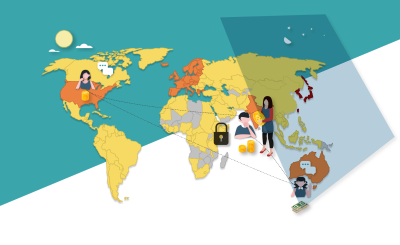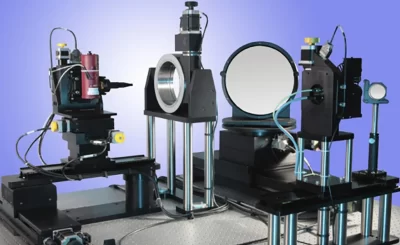From TV series to movies, we all have seen a world that is dominated by Artificial intelligence. If not in fiction, then it has certainly been a part of our imagination. What did we imagine? Artificial intelligence replacing humans entirely?
We certainly did. But the reality has been different. Although it is true that artificial intelligence cannot completely replace human effort. But it can certainly help the human effort to reduce the burden and direct us in developing seamless processes across industries.
AI is being significantly used in the E-commerce sector. Not so surprisingly, it has helped businesses focus on key issues by allowing AI to handle the trial ones. But how about healthcare? Can the healthcare sector be benefitted from artificial intelligence? Or should it be a bullet the healthcare sector must entirely dodge?
Well, that’s for the time to decide. Up until now, the use of artificial intelligence has stayed limited to laboratories. It has also been a participant in surgeries and medical diagnostic procedures. Artificial intelligence can be used to assess several symptoms and match that with data to get a precise diagnosis. This way, the human effort is reduced but not eliminated. In addition to this, AI’s role in operations and surgeries has also been significant. Even though thesystem is controlled by a surgeon or medical practitioner, it still assists the practitioner in facilitating precise movements that might be subject to errors if done by a human.
Artificial intelligence can increase the efficiency of medical procedures, but cannot be a makeshift for human effort. Apart from its dependence on highly advanced medical infrastructure, artificial intelligence has also contributed significantly to the rural sectors as well. It has significantly contributed to eye screening procedures, wherein the machine scans and sends forth the images to the ophthalmologists to diagnose the condition and design treatment. The technology has been used in the outreach camps set up by Tej Kohli and Dr.Ruit’s foundation. The foundation has been set up with a mission to cure avoidable blindness in those belonging to the economically backward sections of the world. Fortunately, the technology has helped the foundation reach a milestone of screening over 1,42.000 patients and curing 17,000 cases of blindness.
If artificial intelligence has helped the foundation and the leading hospitals reach such a milestone, we would not be wrong to say that artificial definitely has potential in medical infrastructure. The journey has started, and even though it’s still a long way to go, it is a journey worth taking on.








